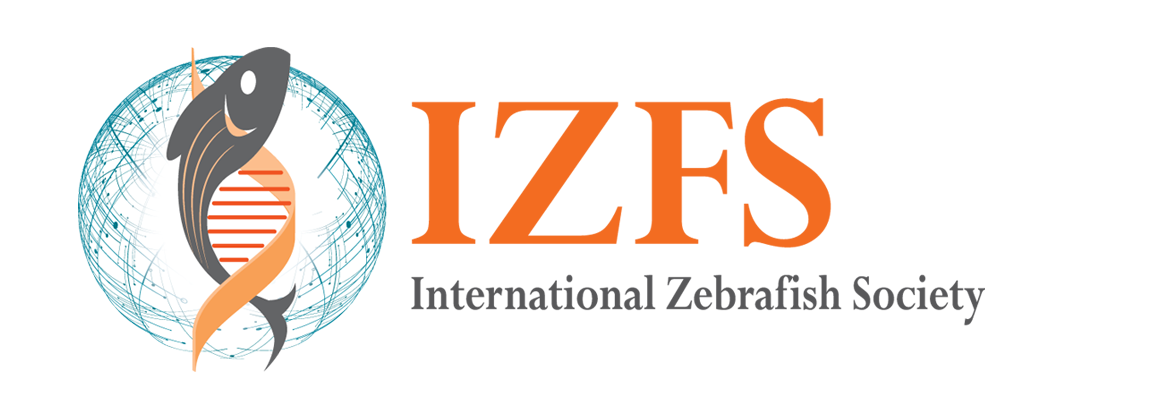Science and Society
March 12, 2023
Science, Equality and the Subconscious
What is equality? The simple definition from a dictionary is “the state of being equal, especially in status, rights, or opportunities”. Taken simply, one might say that ‘equality’ means treating everyone the same. But, of course, to achieve equality one must first understand and confront the different barriers to equal opportunities for different groups of people.
One of the challenges of international (science) societies is how to give opportunities to everyone: to include scientists from different countries representing people from different backgrounds and abilities. But this is far more difficult than the simple black text on a white background would leave one to believe and two factors need to be considered more carefully: activity patterns (environment) and populations (dominant mass).
For the environment, there is an underlying challenge affecting all of us, and this is our deeply engrained pattern of activity. What does this mean? As someone who was raised and educated in the Northern hemisphere, since infancy summer is three months long, it falls in June-July-August and all my activities are based on this pattern, tightly linked to the seasons and light levels of the Northern hemisphere. As I entered middle age, I moved to the Southern Hemisphere where my activity patterns were disrupted at both the conscious level: the academic year starts in March, not September, summer break is only a month long, etcetera. Additionally, as discussed by EO Wilson in his Biophilia hypothesis, there is also the connection at the subconscious level based on the psychological and ethical heritage humans have acquired in the course of co-evolution with different parts of the biosphere. Coordinating the activity patterns of the two hemispheres can lead to discussions of why summer is better, and please avoid the start of the semester, but whose summer? What activity pattern should be accommodated?
This leads to the second issue of equality, which is the dominant paradigm of population: there are more scientists in the Northern Hemisphere. Thus, when selecting sites for meetings developing countries would like to be considered, but often they represent a small percentage of the total society, and such a site would require high travel costs for the larger group of people. As a result, many developing countries rely on regional meetings and often do not attend international meetings due to high travel costs (for a smaller group of people). An obvious solution is to apply for financial aid to balance out inequalities based on region-specific resource differences thus giving under-represented groups access to scientific resources in the North. As resources tighten worldwide, greater efforts need to be made to bridge the gap of global inequalities in science by accommodating the patterns of activity of different cultures as well as balancing the choices often driven by the majority.
Years ago, before moving to the Southern Hemisphere, I read Jared Diamond’s book “Guns, Germs Steel” where Yali, a New Guinean, asks Diamond a deceptively simple question: “Why is it that you white people developed so much cargo, but we black people had little cargo of our own?” Since arriving to Chile this question often comes back to me because it lays bare one of the big mysteries of human history -- the roots of global inequality.
Kate Whitlock
Valparaíso, Chile
2023
Wilson, Edward Osborne, Biophilia (1984). Cambridge, Mass.: Harvard University Press.
Wilson, Edward Osborne, On Human Nature (1978; second edition 2004), Cambridge, Mass., Harvard University Press.
Diamond, Jared M. (2005). Guns, germs, and steel: the fates of human societies. New York :Norton,




